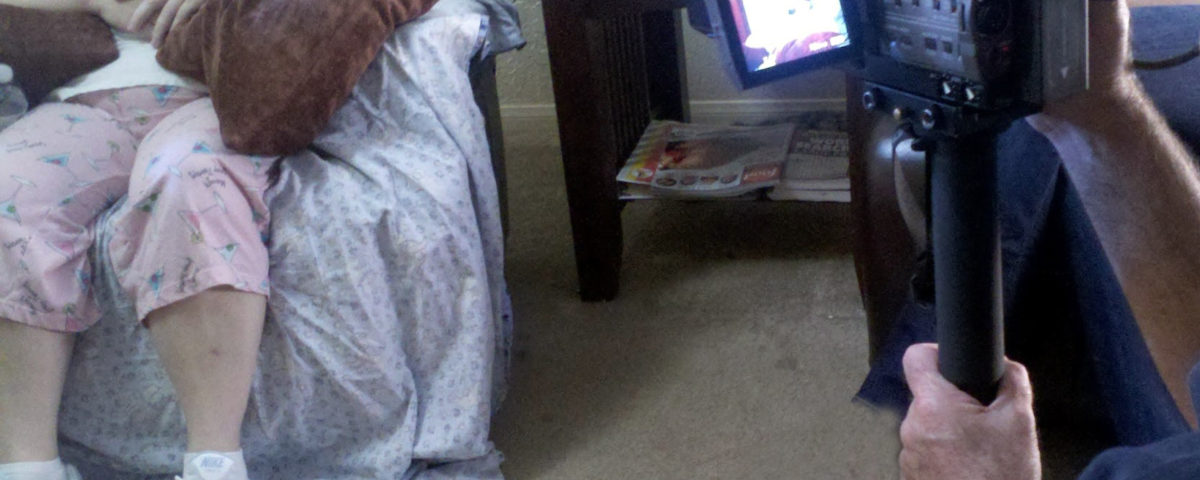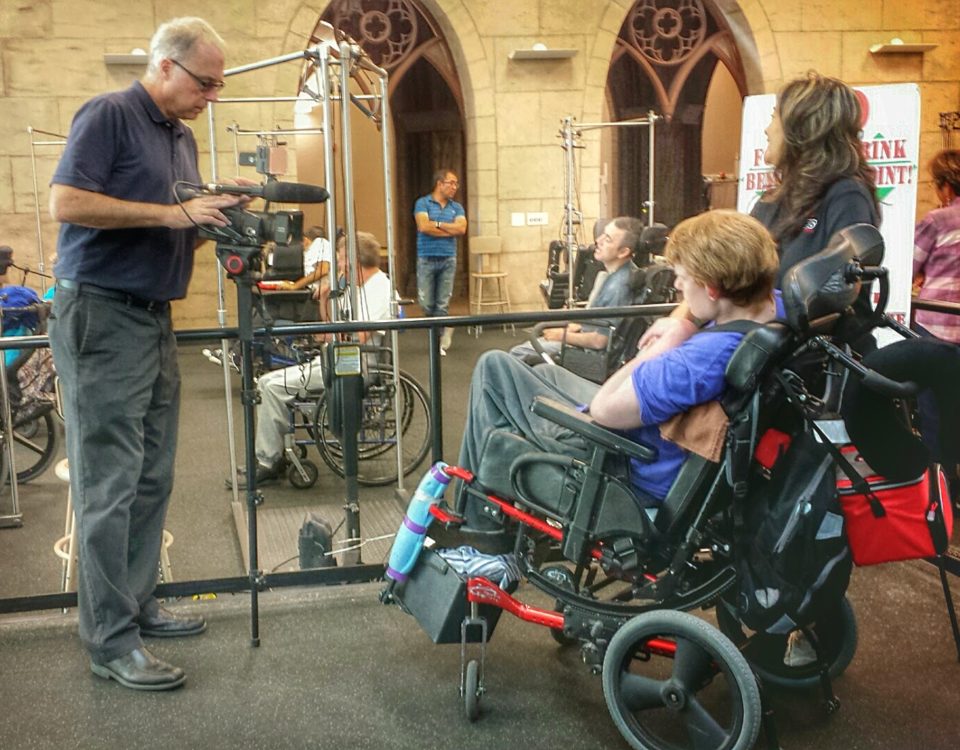- Have any questions?
- 626.335.9794
Day in the Life Video: Foundation, accuracy, fairness and relevance

Is a Daily Activities Video considered cumulative testimony?
May 12, 2015
Life Before Injury Videos: Probative value v. undue prejudice
May 14, 2015Part 4 of the Day in the Life Video Admissibility Series
Go to Part 3 of this series: Probative value v. undue prejudice
Another warning, with fairly explicit guidelines with regard to admitting day in the life video is issues by Bolstridge v. Central Maine Power Company, (D. Me. 1985) 621 F. Supp., 1202-1204. The court concluded day in the life videos should be admitted as demonstrative evidence “only when the tapes convey the observations of a witness to the jury more fully or accurately than, for some specific, articulable reason, the witness can convey them through the medium of conventional, in-court examination.” The court then listed the concerns it had in reviewing the risks inherent in presenting day in the life videos and outlined a number of issues a trial judge should consider prior to admitting such a film: 1. Each event shown, after editing, is fairly representational of the fact or is unduly prejudicial because of the manner of the presentation; 2. Plaintiff is aware of being videotaped which is likely to cause self-serving behavior, consciously or otherwise; 3. The videotape dominates traditional evidence because of the nature of its presentation and that it creates sympathy for the plaintiff out of proportion to its relevancy; 4. The videotape may distract jurors from the fair consideration of other issues in the case.
Although the court in Bannister, supra, adopted the four prong test issued in Bolstridge, supra, the court noted in summary, that such videotapes must have a foundation of accuracy and fairness. That is, the probative value of a videotape is greatest, and the possibility of its prejudice is lowest, when the action portrayed is limited to ordinary, day-to-day situations. Submitting a day in the life video of a plaintiff in unlikely circumstances, or performing improbable tasks would not fairly portray a typical day in the life and thus would likely not be admissible.
In Cisarik v Palos Community Hospital (Ill.1991) 579 N.E.2d 873, 875, a two-pronged test was used to determine admissibility. The first prong required the party proffering the video as evidence must show that the videotape is an accurate portrayal of what the events it depicts. That foundation must be laid by someone having personal knowledge of the videotape and its contents. That person must be made available for in-court cross-examination for satisfactory assurances of verity. Typically the plaintiff, the primary care-giver, life care planner or the person most knowledgeable for the legal video production company must be available to testify as to; 1) identify the person depicted therein, 2) verify objects or places shown, 3) acknowledge the scenes and events are a true and accurate representation as to what was observed during the videotaping, as well as, 4) confirm no scenes are rehearsed and 5) the ambient sound on the recorded videotape is not manipulated.
The second prong used in Cisarik, supra, requires that the video’s probative value cannot be substantially outweighed by its prejudicial impact. As an example, in Grimes, supra, the court noted day-in-the-life videos are generally admissible, if authenticated, probative and relevant. In the daily activities video submitted by plaintiff, the scenes depicted were unpleasant, but the Grimes, id at 610, court concludes – so is the plaintiff’s injury and thus, not unduly prejudicial but relevant to the plaintiff’s claim of pain and suffering and loss of enjoyment of life. The plaintiff was also able to show that the daily activities in the video were typical for the plaintiff, thereby authenticating the footage presented at trial.
Therefore, the proponent of the video is advised to provide the appropriate foundation for its admissibility. When determining the admissibility of day in the life videos, most courts allow the admission of such day in the life videos provided that; 1) their probative value outweighs any prejudice to the defendant and 2) there are no demonstrated improprieties in the videos content or production techniques. 3) Assuming plaintiff’s counsel provides the proper foundation and authentication for the above referenced points, the video will likely be admissible.
Go to Part 5 of this this series: Cumulative testimony




